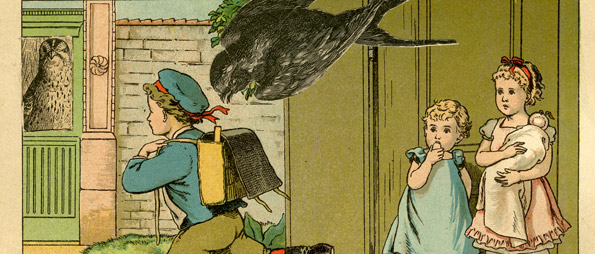Introduction
To be a writer and write things
You must have experiences you can write about.
Just living won’t do. I have a theory
About masterpieces, how to make them
At very little expense, and they’re every
Bit as good as the others. You can
Use the same materials of the dream, at last.
It’s a kind of game with no losers and only one
Winner—you. First, pain gets
Flashed back through the story and the story
Comes out backwards and woof-side up. This is
No one’s story! At least they think that
For a time and the story is architecture
Now, and then history of a diversified kind.
A vacant episode during which the bricks got
Repointed and browner. And it ends up
Nobody’s, there is nothing for any of us
Except that fretful vacillating around the central
Question that brings us closer,
For better or worse, for all this time.
—John Ashbery
Notes and links
Text: John Ashbery, “Introduction,” in A Wave (New York: Penguin, 1985): 34.
Image: Vija Celmins, Untitled (Ocean), 1977.
Links: Entry 11: “For a Left Ashbery Critique”
Entry 14: “The Perfect Ashbery (Review)”
Entry 36: “Ashbery Alpha and Omega”













